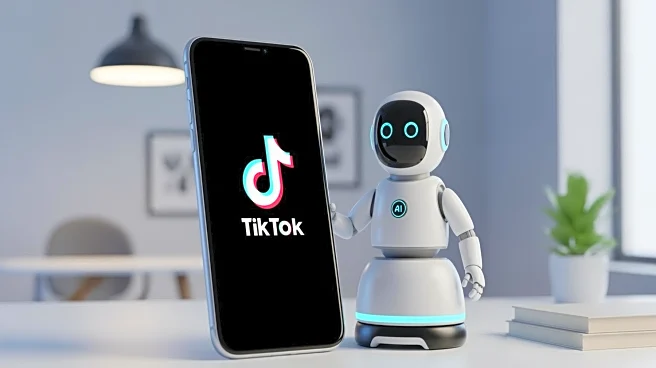What's Happening?
A study conducted by the Rutgers School of Management and Labor Relations has explored the effects of social media use on worker productivity and mood. The research involved 274 workers across two studies, focusing on the most impactful social media posts
they encountered during their workday. The study found that attractive and family-related posts generally boosted workers' self-assurance and productivity, while contentious content, such as political posts and rage bait, led to anxiety and withdrawal from colleagues. The study suggests that social media use at work could be managed similarly to smoke breaks, allowing employees to engage with social media in a controlled manner to minimize distractions.
Why It's Important?
The findings of this study highlight the significant impact social media can have on workplace dynamics and employee well-being. As social media becomes increasingly ubiquitous, understanding its effects on productivity and mood is crucial for employers aiming to maintain a positive and efficient work environment. By recognizing the types of content that can either enhance or hinder employee performance, companies can develop strategies to manage social media use effectively. This could lead to improved employee satisfaction and productivity, benefiting both the workforce and the organization.
What's Next?
Employers may consider implementing policies that regulate social media use during work hours, potentially designating specific times for social media breaks. This approach could help mitigate the negative effects of contentious content and ensure employees remain focused on their tasks. Additionally, companies might explore training programs to educate employees on managing their social media consumption, fostering a more supportive and productive workplace culture.
Beyond the Headlines
The study raises broader questions about the role of social media in modern work environments and its potential to influence interpersonal relationships and communication. As social media continues to evolve, its impact on workplace culture and employee interactions may become more pronounced, necessitating ongoing research and adaptation by employers.













